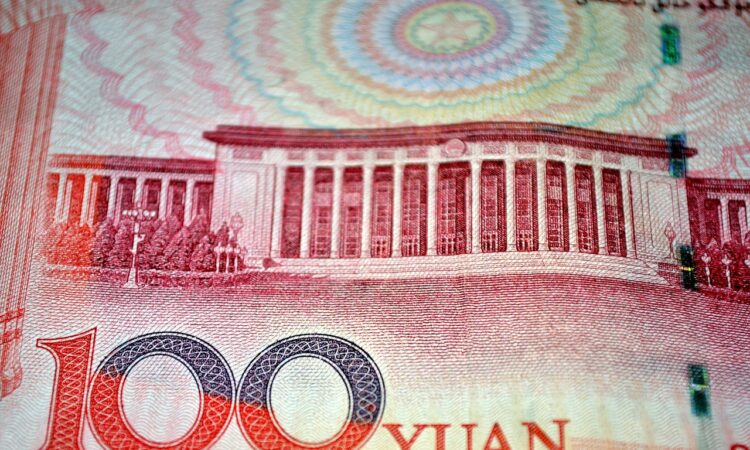
Asian currencies slipped on Friday, pressured by escalating trade tensions from President Donald Trump’s new tariffs and expectations that U.S. interest rates will stay elevated longer. The dollar strengthened, trading near a two‑month high, as markets awaited key U.S. nonfarm payrolls data for July.
The Chinese yuan led losses, with USDCNY edging up 0.1% after weak purchasing managers index readings signaled ongoing contraction in China’s manufacturing sector. Despite easing trade frictions with the U.S., China’s economic outlook remains uncertain, with investors awaiting additional July data for clues. The Politburo’s lack of concrete growth measures also weighed on sentiment.
The Japanese yen held near 151 per dollar, its weakest in four months, despite the Bank of Japan signaling readiness to raise rates if inflation and growth remain firm. Broader Asian currencies faced similar headwinds after Trump signed an executive order imposing tariffs on multiple major economies, effective within a week.
The Indian rupee hovered near 87.5 per dollar following a 25% U.S. levy, while the South Korean won fell 0.5% as Korea faced a 15% duty and sentiment soured over proposals to raise corporate and investment taxes. The Australian dollar slipped 0.1%, and the Singapore dollar traded flat.
The U.S. dollar index is on track for a 2.4% weekly gain, its best of 2025, supported by Federal Reserve signals that rate cuts are unlikely soon. Fed Chair Jerome Powell highlighted uncertainty over inflationary effects from the new tariffs, reinforcing expectations for policy stability. Upcoming payrolls data is expected to show slower job growth but continued labor market resilience, which could further delay rate cuts.




